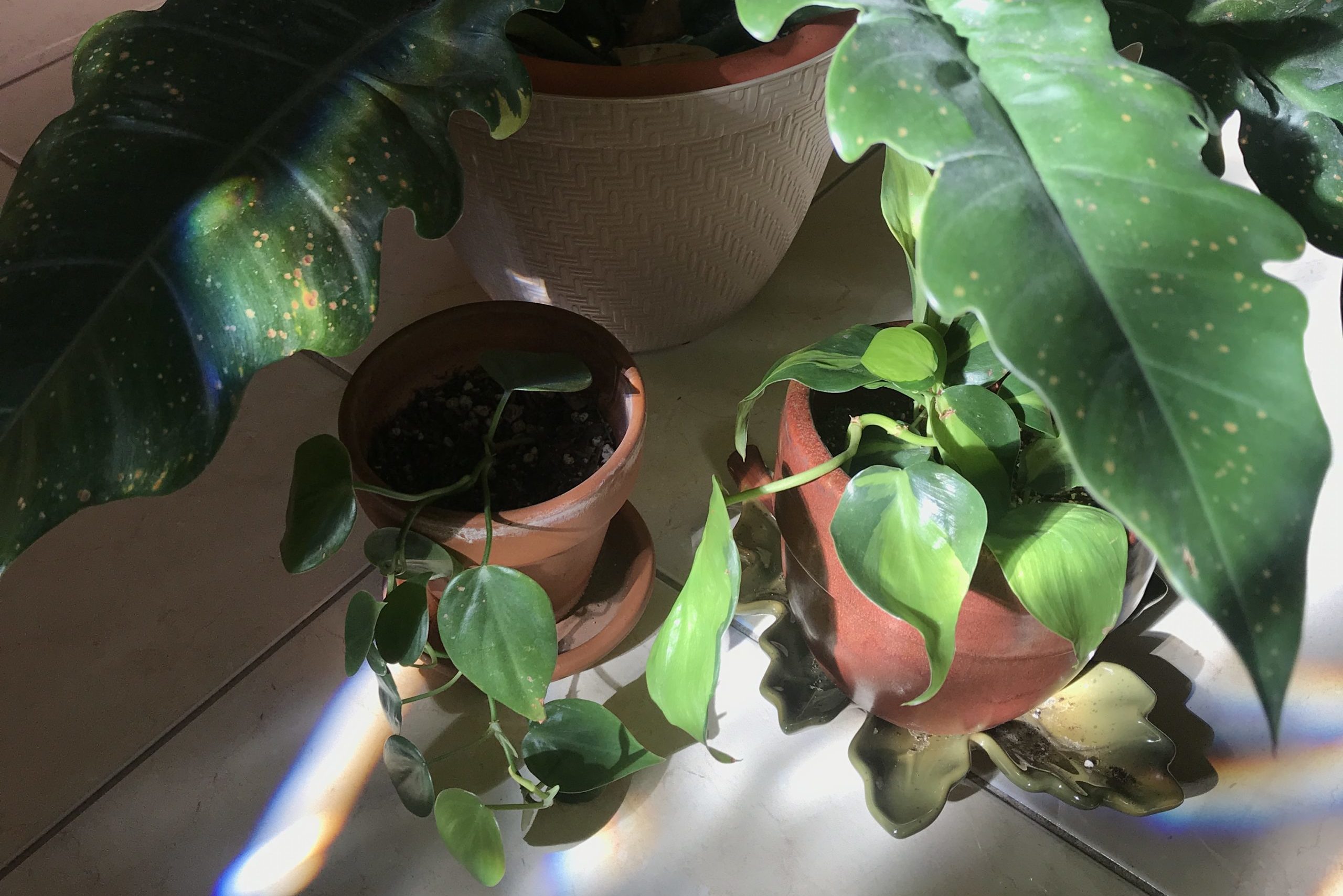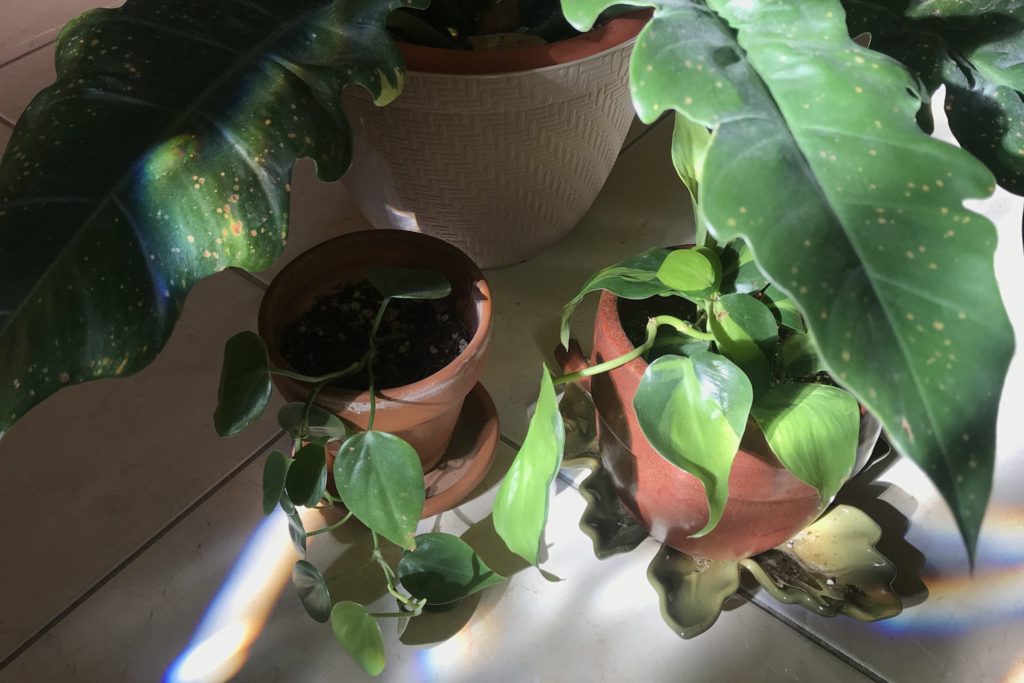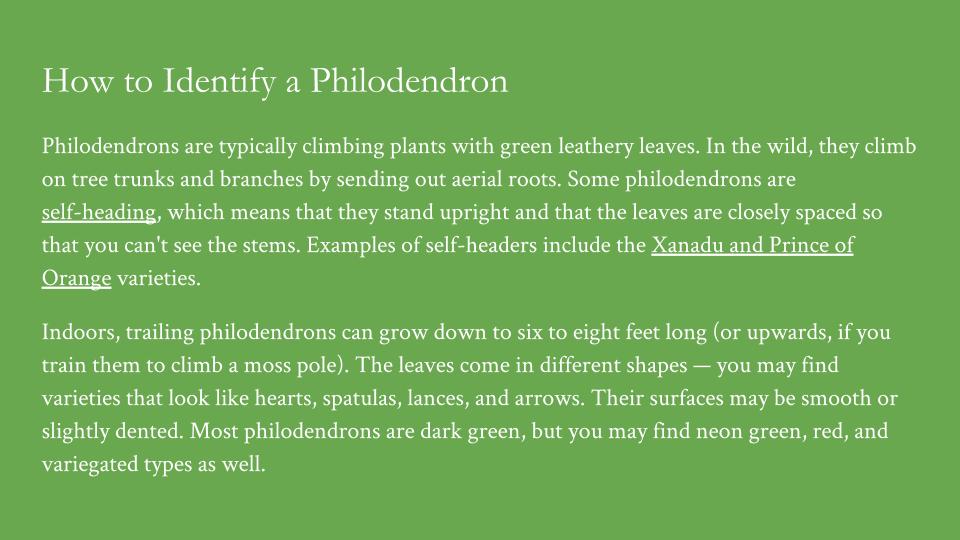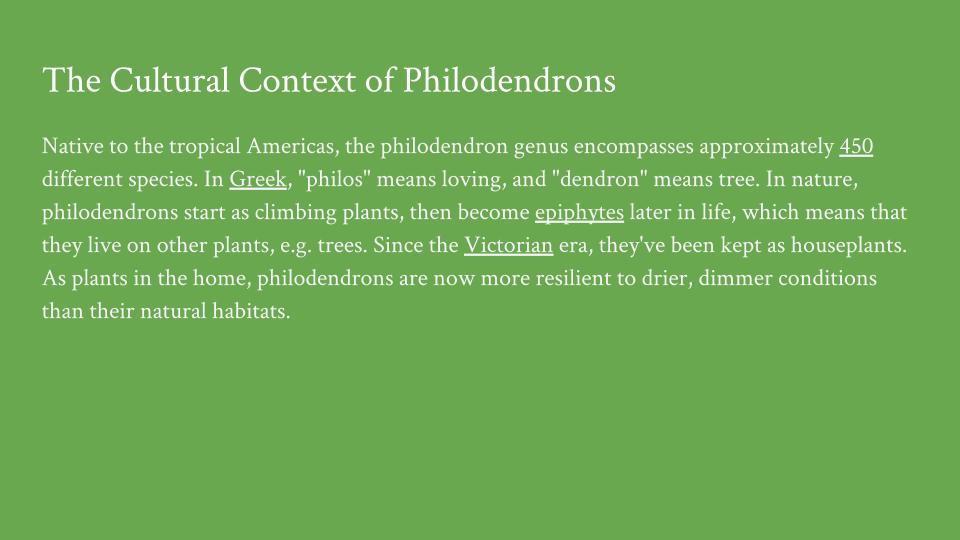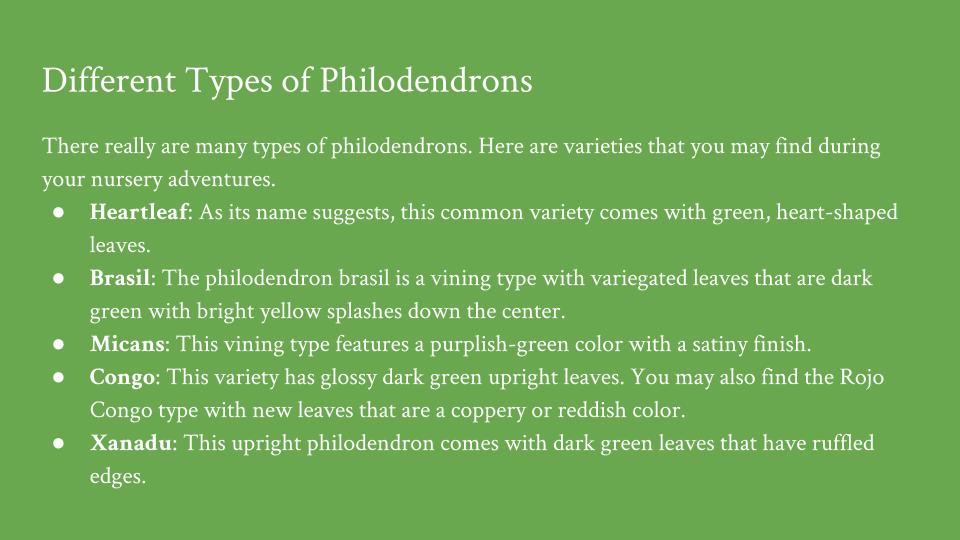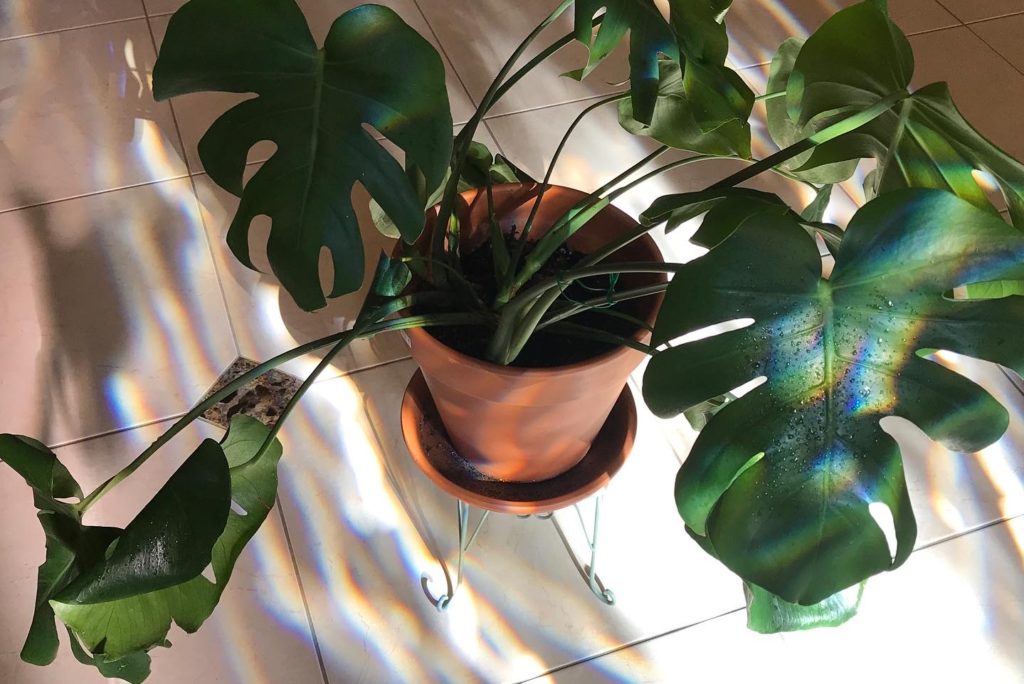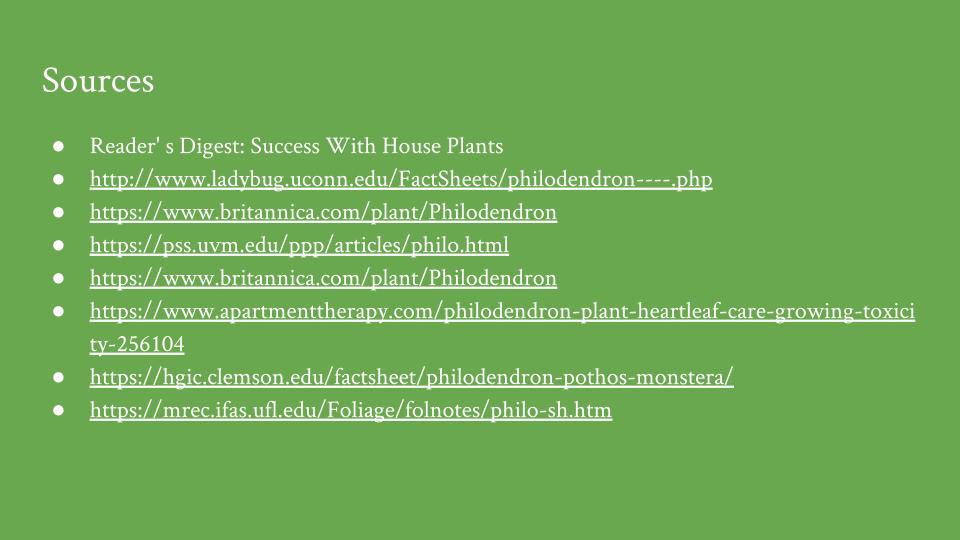Last summer, my grandma visited us from Canada for a few weeks. She had a lot of life hacks and liked to call things easy, except she’d say it like “E-Z.” When I’m tending to my philodendrons, I think of that hard emphasis “E-Z” because philodendrons are incredibly low maintenance houseplants! My philodendrons have survived the worst of my neglect and come bouncing back after a healthy dose of fertilizer and indirect sunlight. I’ve only killed one in propagation!
These trailing (sometimes self-heading) plants are hardy staples in most nurseries. Other than their sheer resilience, they also showcase understated beauty with their thick, glossy foliage. Philodendrons power through both utter neglect and excessive doting, so they will easily fit into any houseplant lover’s collection.
How to Identify a Philodendron
Philodendrons are typically climbing plants with green leathery leaves. In the wild, they climb on tree trunks and branches by sending out aerial roots. Some philodendrons are self-heading, which means that they stand upright and that the leaves are closely spaced so that you can’t see the stems. Examples of self-headers include the Xanadu and Prince of Orange varieties.
Indoors, trailing philodendrons can grow down to six to eight feet long (or upwards, if you train them to climb a moss pole). The leaves come in different shapes — you may find varieties that look like hearts, spatulas, lances, and arrows. Their surfaces may be smooth or slightly dented. Most philodendrons are dark green, but you may find neon green, red, and variegated types as well.
The Cultural Context of Philodendrons
Native to the tropical Americas, the philodendron genus encompasses approximately 450 different species. In Greek, “philos” means loving, and “dendron” means tree. In nature, philodendrons start as climbing plants, then become epiphytes later in life, which means that they live on other plants, e.g. trees. Since the Victorian era, they’ve been kept as houseplants. As plants in the home, philodendrons are now more resilient to drier, dimmer conditions than their natural habitats.
Different Types of Philodendrons
There really are many types of philodendrons. Here are varieties that you may find during your nursery adventures.
- Heartleaf: As its name suggests, this common variety comes with green, heart-shaped leaves.
- Brasil: The philodendron brasil is a vining type with variegated leaves that are dark green with bright yellow splashes down the center.
- Micans: This vining type features a purplish-green color with a satiny finish.
- Congo: This variety has glossy dark green upright leaves. You may also find the Rojo Congo type with new leaves that are a coppery or reddish color.
- Xanadu: This upright philodendron comes with dark green leaves that have ruffled edges.
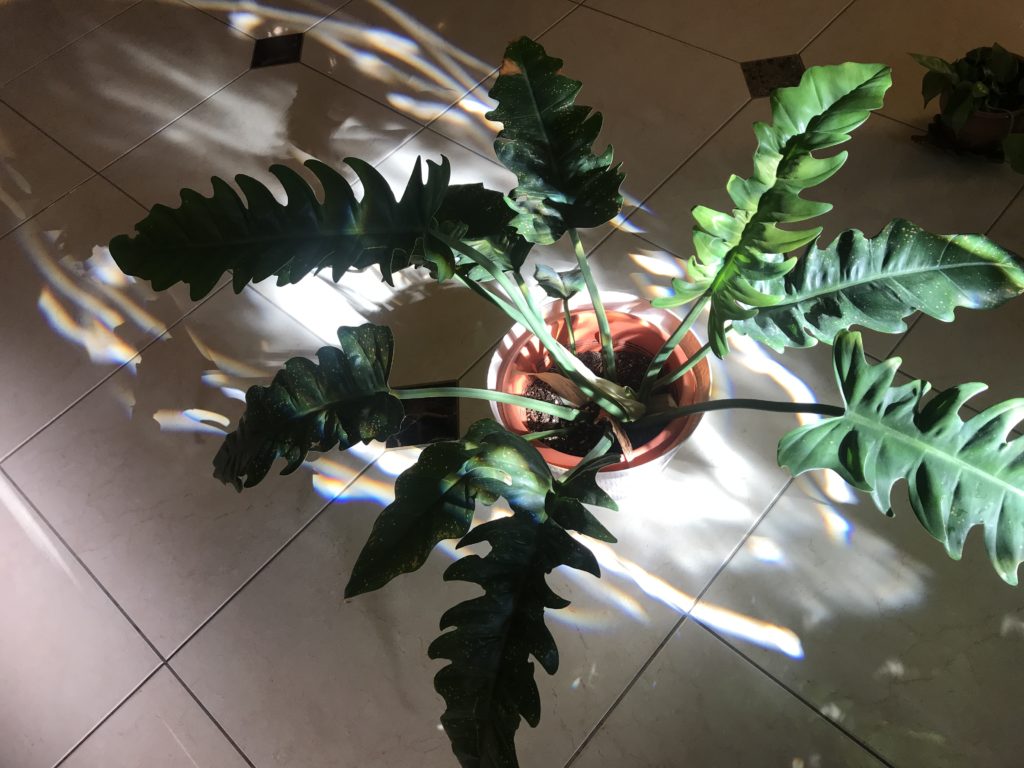
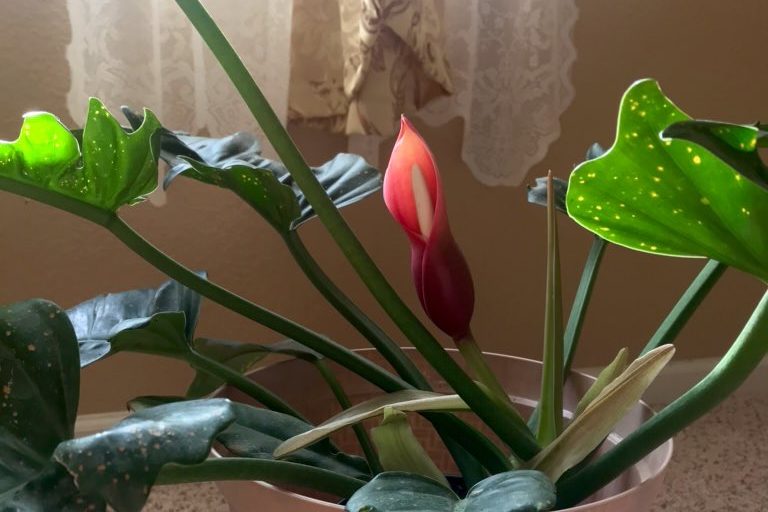
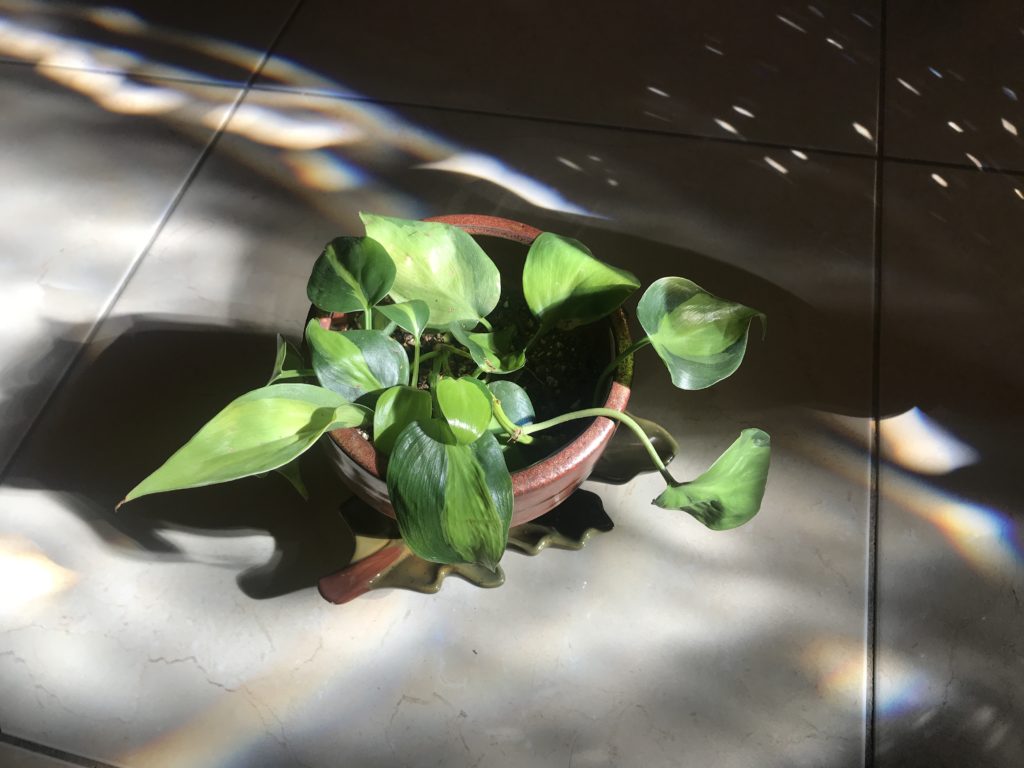

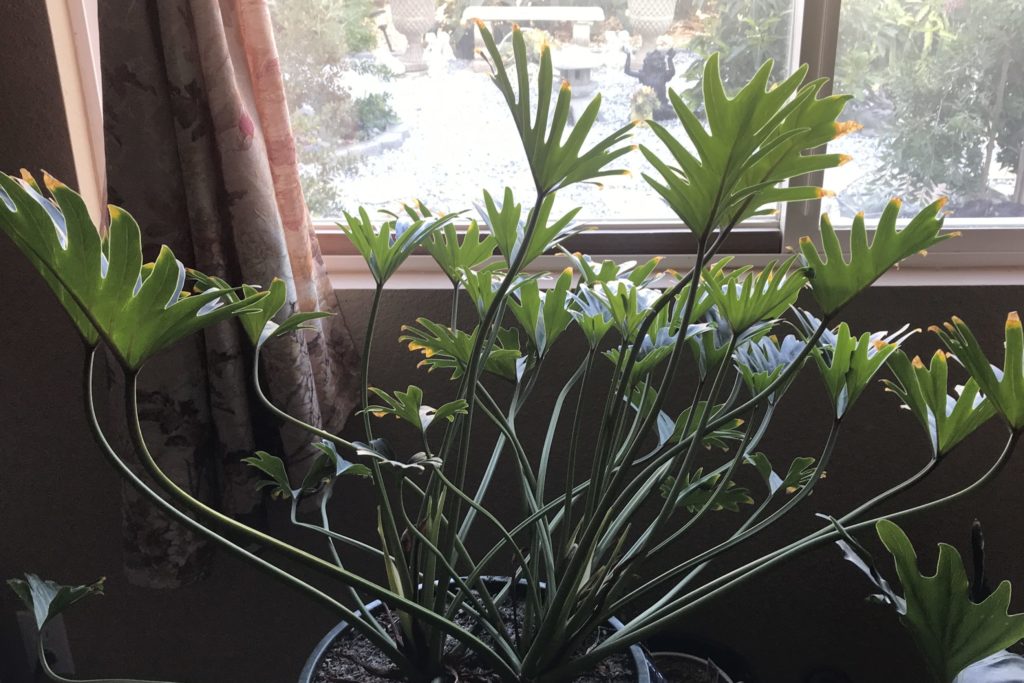
How to Care for Your Philodendrons
Philodendrons are incredibly tolerant plants. While they’re native to tropical environments and thrive in high humidity, they can survive in dry homes as well. These easy-care plants also have the same relationship with sunlight. Bright, indirect sunlight will keep them happy, but they won’t die in dimmer conditions. These plants do well in average room temperatures — just don’t let the thermometer dip below 55°. Watering isn’t an issue as long as you don’t overwater — give your plants a drink when the top half of the soil (preferably loose and well-draining) is dry. In the winter, let them completely dry out before you give them a drink. As for feeding, philodendrons are relatively heavy feeders. The more light you give them, the more fertilizer they love. During the growing season, give them diluted liquid houseplant fertilizer weekly or toss slow-release fertilizer into the soil.
Propagating philodendrons is easy. Take a cutting right above another leaf on the same stem, then remove all of the leaves except the top two or three. Place your cutting in water, moist vermiculite, or soil, then watch it grow!
How to Troubleshoot Philodendron Issues
Philodendrons are easy plants, but they still face problems. While they don’t often get pests, these relatively low maintenance plants are vulnerable to other issues. Here are a few:
- Yellow leaves: Yellow leaves may be due to either too much direct sunlight or overwatering. The latter is more likely if the yellow is associated with lower leaf loss. In that case, cut back on watering.
- Wilted leaves: Droopy, wilted leaves don’t necessarily mean death, but rather, that it’s time to water.
- Legginess: Leggy plants may need extra (indirect) sunlight to grow thick and bushy. For vining types, you can prune them back so that they grow back fuller.
- Small leaves: Feed your plants and give them adequate sunlight for bigger leaves. Higher humidity levels may also encourage larger leaf size.
- Brown leaves: Brown, shriveled leaves are a sign that your philodendron may need more moisture. Water your plant and make sure that it’s getting enough humidity. Place your philodendron in a pebble tray with water or next to a humidifier.
Plants That Get Confused With Philodendrons
The two plants that people confuse with philodendrons are pothos and monsteras. Pothos plants have waxy, heart-shaped leaves, but they do have distinct features. They have grooved stems, and their leaves don’t have a sheath when pushing out new growth.
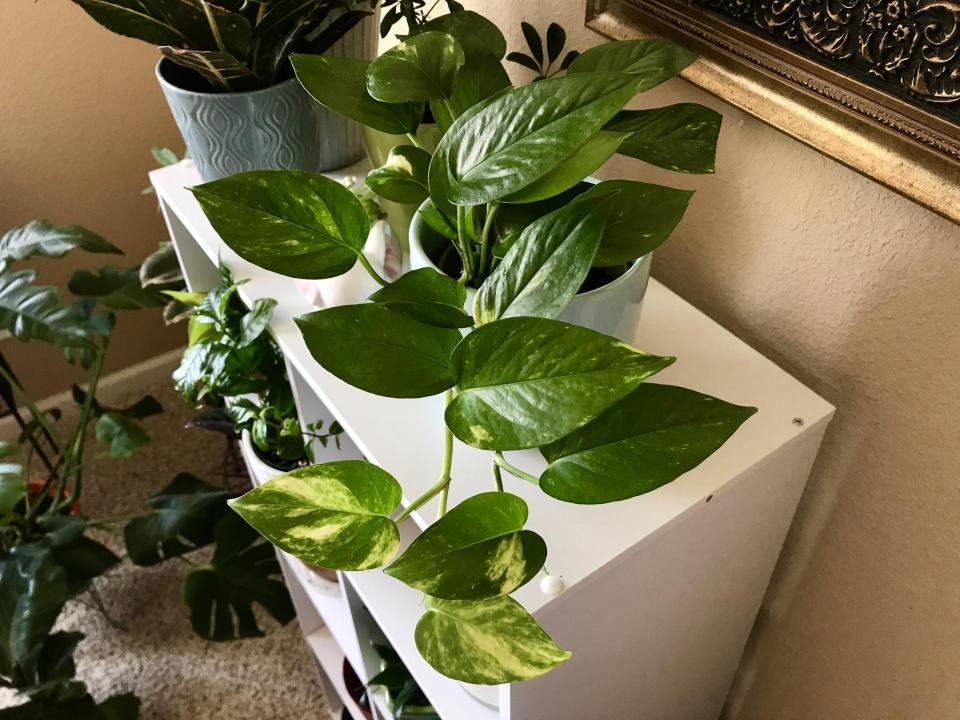
A monstera is sometimes called a split-leaf philodendron, but it’s not technically in this genus. Like the philodendron, it has dark green leaves with a leathery texture. However, the foliage grows over time and develops deep cuts and holes (fenestrations).
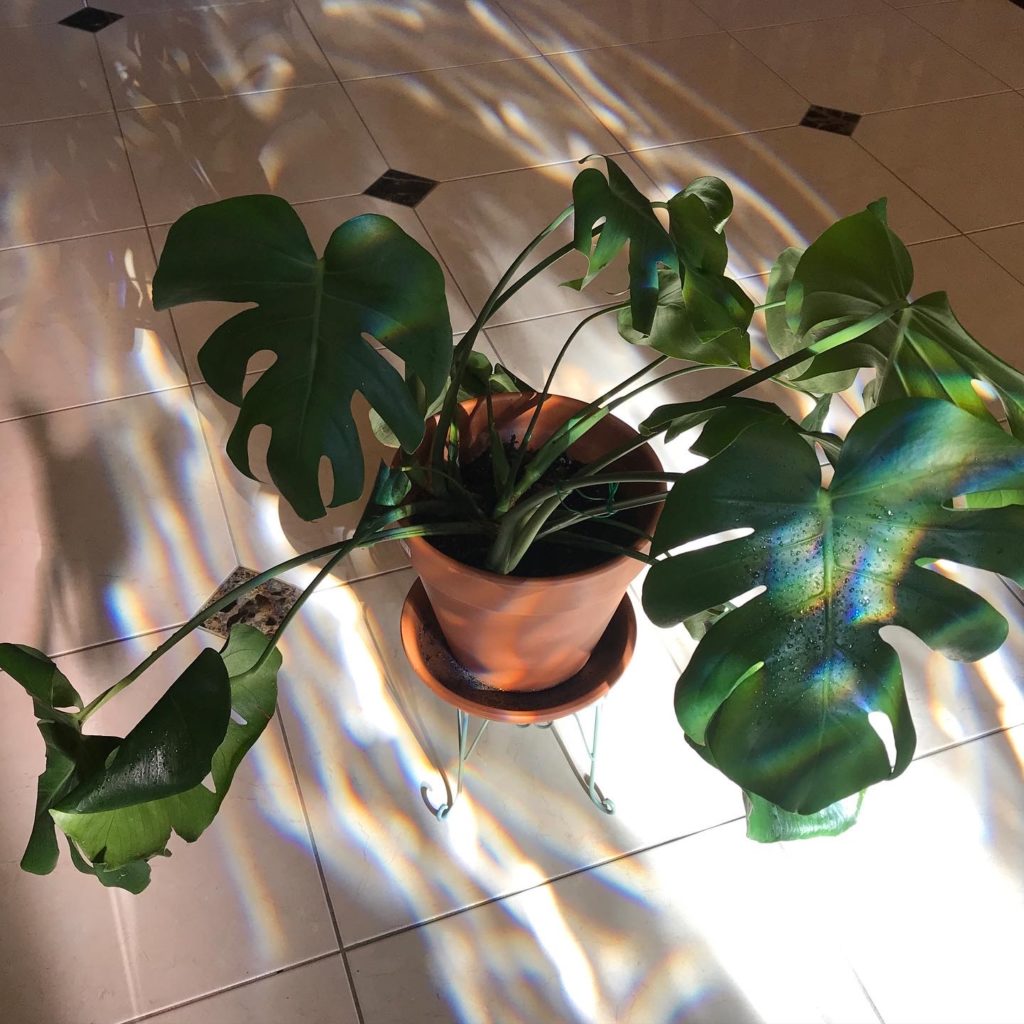
Sources
- Reader’ s Digest: Success With House Plants
- http://www.ladybug.uconn.edu/FactSheets/philodendron—-.php
- https://www.britannica.com/plant/Philodendron
- https://pss.uvm.edu/ppp/articles/philo.html
- https://www.britannica.com/plant/Philodendron
- https://www.apartmenttherapy.com/philodendron-plant-heartleaf-care-growing-toxicity-256104
- https://hgic.clemson.edu/factsheet/philodendron-pothos-monstera/
- https://mrec.ifas.ufl.edu/Foliage/folnotes/philo-sh.htm
